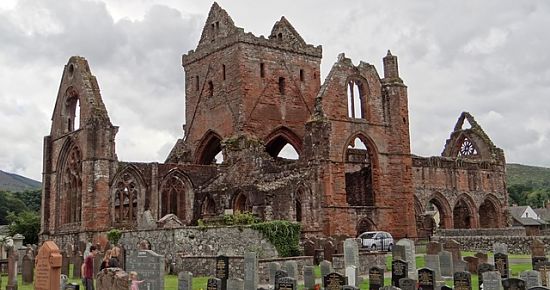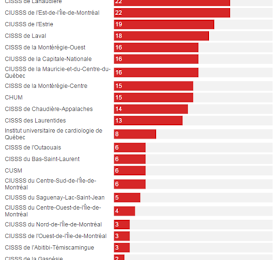 It might be time for these researchers to have a conversation.
It might be time for these researchers to have a conversation.
FIRST: In the Dallas News, David Millard Haskell writes:
Those who don’t attend church regularly but are scouting for Christmas services this year might be surprised to find fewer mainline Protestant churches around these days.
Across the English-speaking world the numerical decline of mainline Protestantism is accelerating. The largest mainline Protestant denominations in the United States are the United Methodist Church, the Evangelical Lutheran Church in America, the Presbyterian Church (U.S.A.) and the Episcopal Church. Collectively, membership in these denominations decreases by about 1 million a year, resulting in hundreds of church closures annually.
While most mainline Protestant churches are declining, there’s been no consensus as to why. Hoping to solve this sociological riddle, some colleagues and I conducted a study. We tracked down an elusive sample of growing mainline congregations and compared them to a sample of declining congregations. We surveyed more than 2,200 of the congregants, half attending growing churches and half at declining churches, and the clergy who serve them.
We found, without exception, the clergy and congregants of the growing mainline Protestant churches held more firmly to traditional Christian beliefs, such as the belief Jesus rose physically from the grave and that God answers prayer. The clergy of the growing churches were the most theologically conservative and the declining church clergy the least.
When we used statistical analysis to determine which factors are influencing growth, conservative Protestant theology, with its more literal take on the Bible, was a significant predictor. Conversely, the analysis showed liberal theology, with its metaphorical reading of Scripture, leads to decline. Our research stands out because past studies have suggested theology and church growth are not linked. They are.
David Millard Haskell is associate professor of religion, culture, and digital media and journalism at Wilfrid Laurier University, Brantford Campus, Ontario, Canada.
SECOND: But contrast this with the blockbuster study of Andrew Greeley and Michael Hout in their book The Truth about Conservative Christians, which has an edge of irony or even humor — but statistically accurate: if the Mainline Christian couples want to have more influence in the elections, they need to leave their boycotts and city hall protests and get home, have child-producing you-know-what and start having more babies. Yep, you read it right.
What explanations are you hearing of why Mainliners are declining and Conservative Protestants growing? Haskell’s study above says it’s about theology. Is it?
One of the most interesting conclusions that Greeley and Hout discovered is that church growth begins at home, not with the evangelistic tract or evangelistic efforts in CP churches. Conservative churches are growing, not so much by attracting spiritually unfed liberals and mainliners, but by having women who statistically are more fertile. Conservative Christians have more babies than Mainline Christians. ConsProts have 2.1 children per family; Mainliners have 1.9 children per family. (Contraception is a major issue here.)
Excessive liberalism as an explanatory device for growth in ConsProts is a myth (in their opinion).
CPs [Cons Prots] have statistically grown for decades … not by evangelism so much as by having more children; and Mainliners are not holding their own when it comes to the statistical average (or they barely are).
Conversion stats — from Mainline to CPs — have remained steady for 75 years. 70% of the growth of CPs over Mainliners comes from fertility; the other 30% comes from a drop in conversions to Mainline churches.
Here are the possiblities and their statistical conclusions:
1. Increased conversion from Mainline to CPs? No.
2. Natural increase due to fertility? Yes (70-75%)
3. Decline in conversions from CPs to Mainline? Yes (25-30%)
4. More apostasy among Mainliners? No.
5. Greater inflow from outside Prots to CPs? No.
Significant: CPs have retained the upwardly mobile CP; in former decades many of the upwardly mobile converted to the Mainline churches.
The evidence is that this numerical growth advantage is about to level off so that the stats will remain about the same for the time being.




